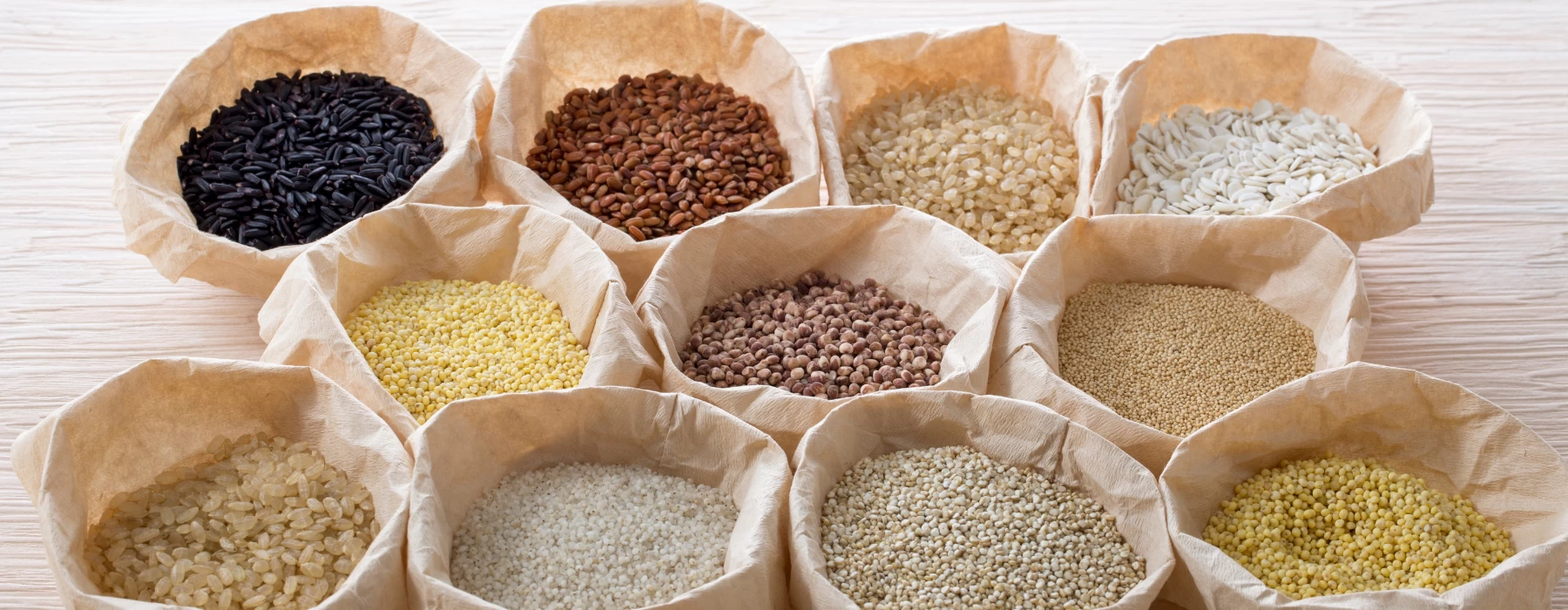Millet
Millet

It is a small, round whole grain, grown in India and some other Asian and African countries. It is used for human consumption, for livestock and bird feed. It is pest and drought resistance and can also survive in harsh environmental conditions and less fertile soil. Some common millets are: pearls, foxtail, porso, and finger (ragi). Nutritional facts of cooked millets per cup (175 grams) are:
|
Calories |
207 |
|
Carbs |
41 grams |
|
Fiber |
2.2 grams |
|
Protein |
6 grams |
|
Fat |
1.7 grams |
|
Phosphorus |
25% of RDI |
|
Magnesium |
19% of RDI |
|
Folate |
8% of RDI |
|
Iron |
6% of RDI |
In addition millets also provide essential amino acids and the finger millet boasts highest calcium content, when compared to other cereals. Millet is rich in antioxidants especially in ferulic acids and catechins. It may help in rapid wound healing, skin protection and anti inflammatory properties. In addition, it also helps in removal of heavy metals from the bloodstream.
Millets are rich in fiber and non starchy polysaccharides, hence are able to control blood sugar levels. It also has a low glycemic index, making it suitable for diabetic people. Being high in soluble fibers, it also decreases the cholesterol level in blood, hence decreasing the risk of heart diseases. Millet is a gluten free cereal. This property of millet makes it more suitable for the people suffering from celiac disease and other gluten associated allergies.
The potential side effect of millets is that it has antinutrients, impairing the absorption of some essential nutrients. Phytic acid present in millets interferes with the absorption of potassium, calcium, iron, Zinc, and magnesium. However, sprouting reduces the antinutrient contents of millets.
